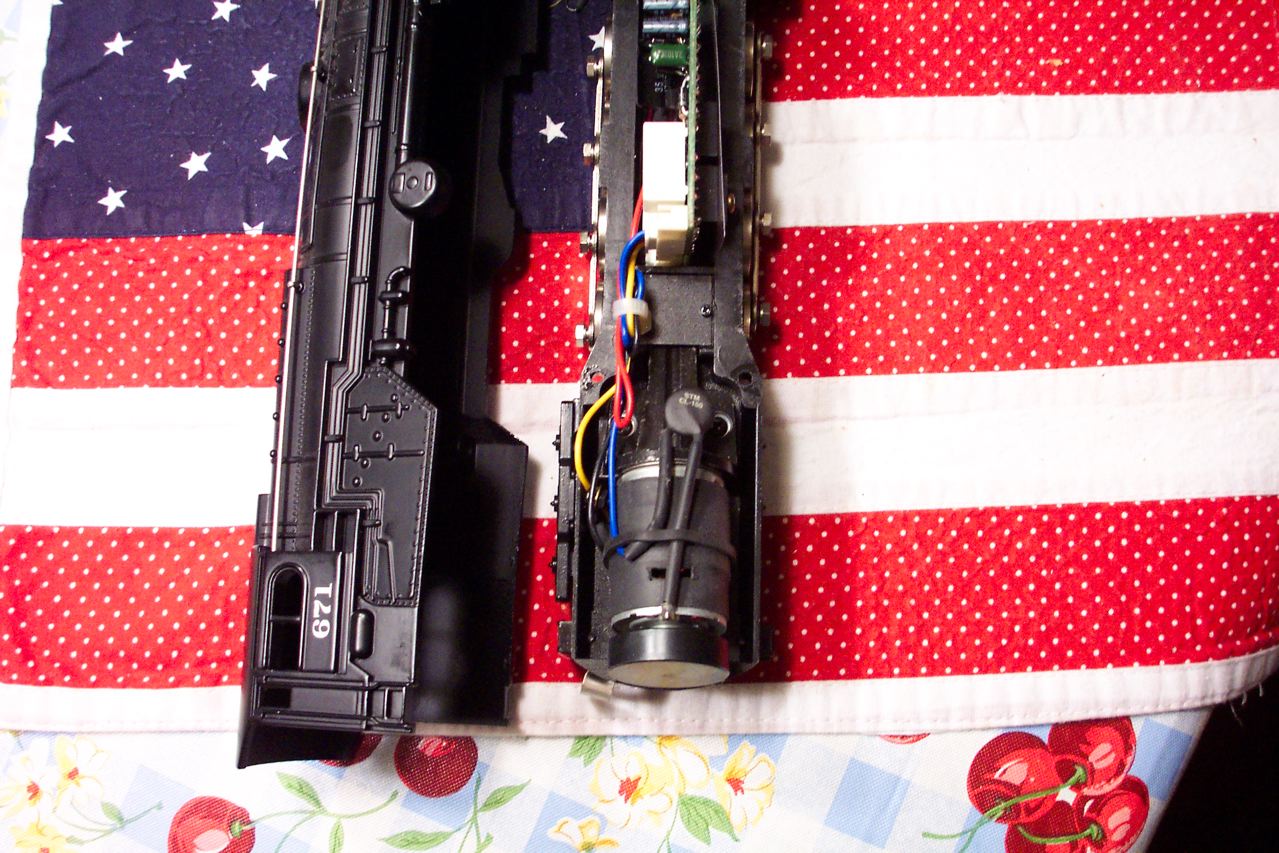Geopeg, there is one other option and that is using the Lionel 1033 transformer. I run a variety of locomotives, all non-command, both postwar and the 1990's vintage type like your K-Line MP-15 with dual DC motors mounted in the trucks.
While many modern transformers have a lower starting voltage (as with the CW80 like you mentioned), the high end voltage of those transformers will likely cause your train to go flying off the track on curves.
Despite the many choices of transformers, the 1033 has remained my favorite. The 1033 transformers are readily available, affordable and easily serviced... which is a good thing to do if you a buying them used... at least have them checked. I've been using them for many, many years with no complaints.
There are two choices of voltage post settings to the track...
1) The A-U setting puts 5-16 volts to the track, which is perfect for postwar/MPC locomotives with AC open frame motors. This setting is also good for the RMT S-4 and RDC Buddy, which have different spec motors from their predecessor K-Line versions and need the higher voltage.
2) The B-U setting puts 0-11 volts to the track, which is perfect for the truck mounted DC can motored engines. They don't start running like jack-rabbits, and the lower high-end voltage reduces the risk of them flying off the track on curves.
Another "multi-control" transformer in addition to the 1033, is the Lionel KW, which gives you the choice of either 6-20 volts or 0-14 volts to the track. It is worth noting with the KW and the 1033, that your choice of voltage to the track, alters the secondary voltage post options for accessories. Since I use other transformers for accessories and lights - which gives me the freedom of fine tuning voltage for those accessories, this is not a concern for me.
As you mentioned, you can wire the motors in series, but this does reduce the pulling power of the locomotive.
One more unsolicited tip. These dual DC truck mounted motored locomotives have a nickname of "growlers" because they tend to make a growling sound when going around tight 027 curves. K-Line not always, but usually had the traction tires placed diagonally on the same motored truck: One on the left of one axle and the other on the right of the axle on the same truck. I remove one of those traction tires from each truck. I haven't experienced any significant loss of traction, but the growling noise is definitely reduced. I do add a little more weight though, to the engines. And since these diesel locomotives have a occasional tendency to jump the track (depending on your layout set-up), I have inserted a small spring between the top of the front motor truck and the bottom of the sheet metal frame. There is a guide pin on the top of the motor truck that goes into a curve slit in the frame... I put the spring over this pin, and the derailment issue disappeared completely.
Good luck in whatever method you chose to pursue.





